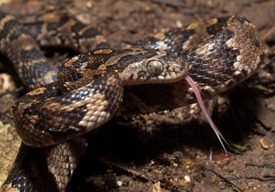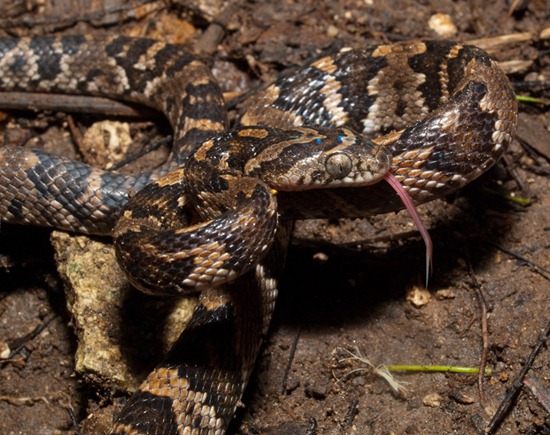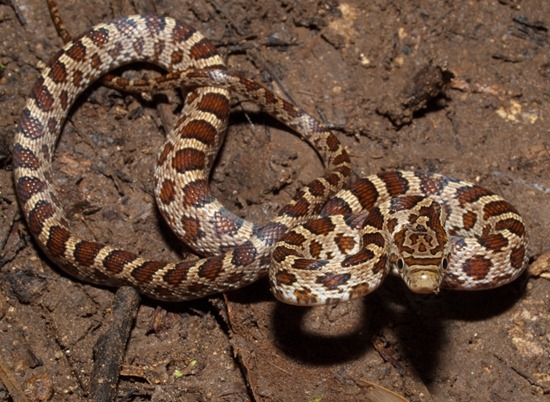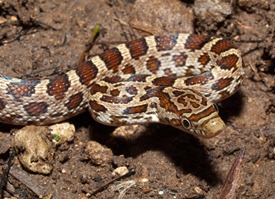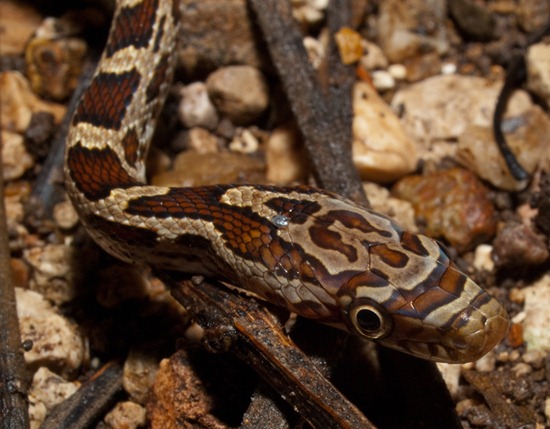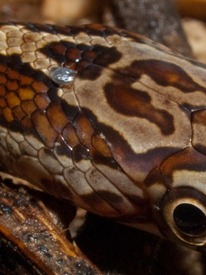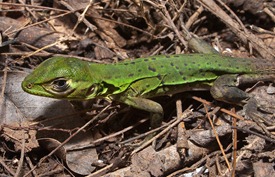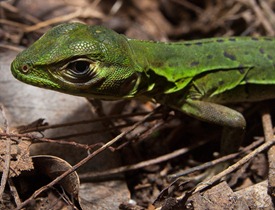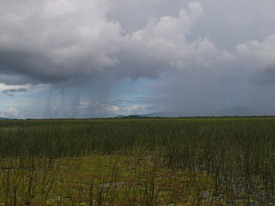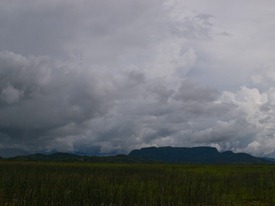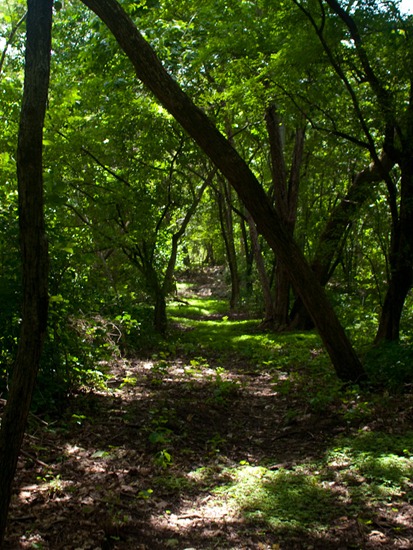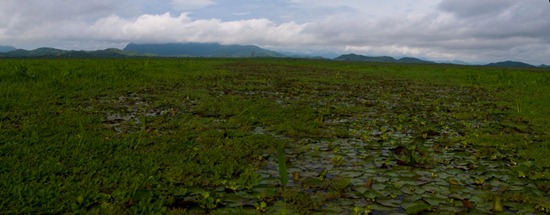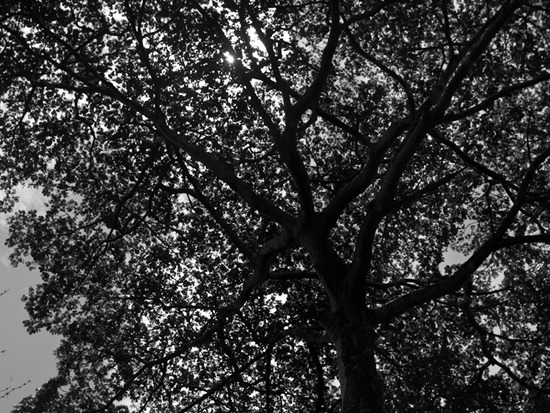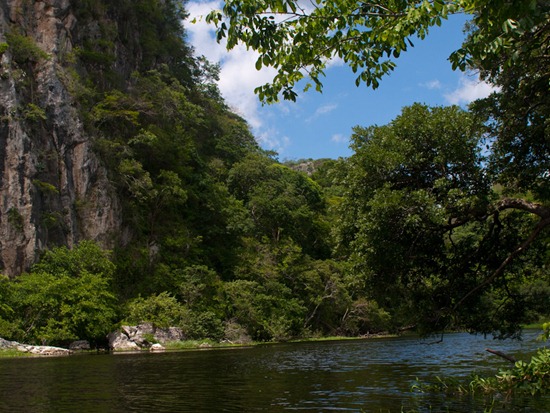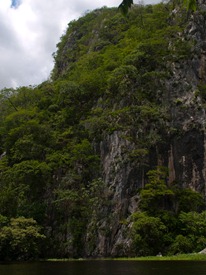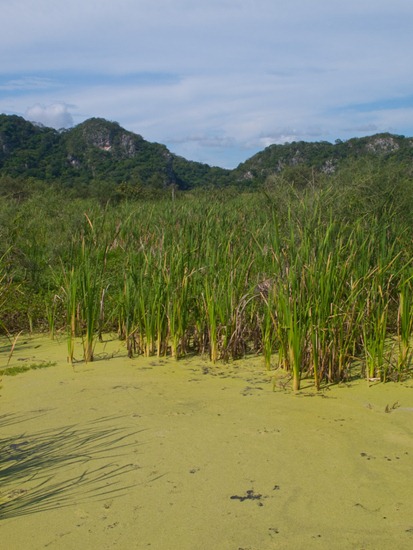This is my 500th post! Although that number isn’t that substantial compared to some others (i.e., over 10,000 here or 5000 here), I think that nearly all of my posts include original work (photographs) and rarely have I essentially reposted about a topic with a brief, original comment, as is what ‘big’ blogs sometimes do. Sure, those ‘big’ blogs require tons of work and time, but I contend that the content per post is low or the physical effort needed per post is low (i.e., reading and commenting on the latest news item from a computer screen). Regardless if that’s the truth, I’m excited.
My first post was on 31 January 2009, which was about 513 days ago (0.97 posts/d), so, basically, for the last 500 days I have made one post a day. To that end, I will have one Imperial today. Cheers.
